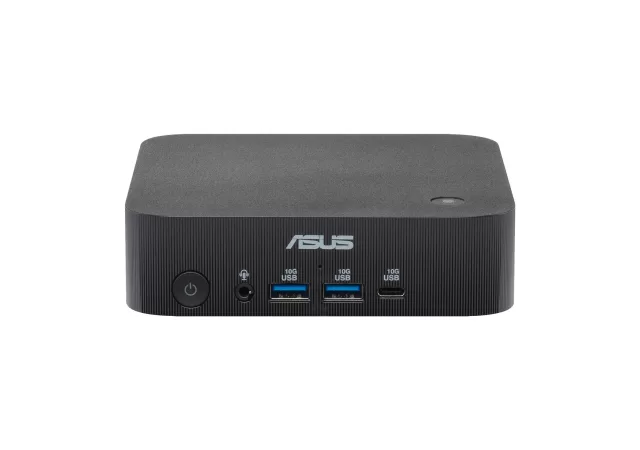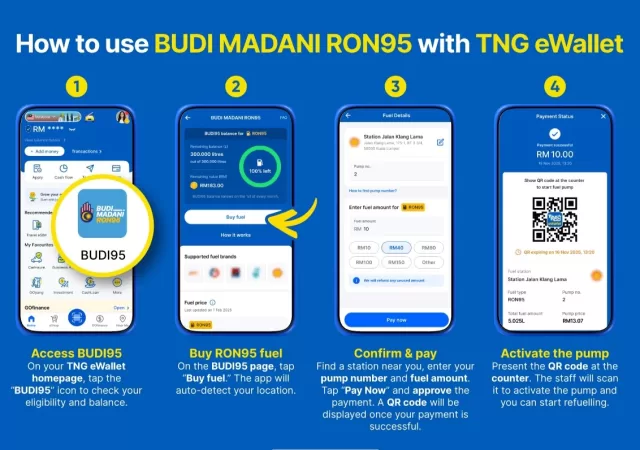Google I/O 2021 is happening right now. The three-day conference kicked off with a bang though. To put it bluntly, Google I/O 2021 kicked off with a two-hour keynote highlighting everything coming from Google in 2021. While two hours do sound like a lot of drag, the announcements do sound mighty interesting though.
Google Workspace for Everyone
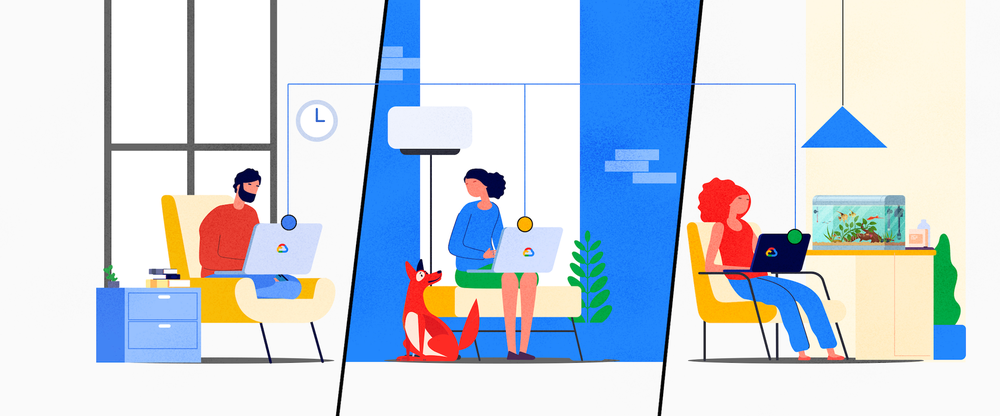
They kick off with something that everyone is concerned about in the period of pandemic, working from home. For that Google has something called Google Workspace. Google Workspace has been one of the most popular and thriving services since the world has gone into isolation with the looming pandemic situation. In 2021, the suite is updated with something called Smart Canvas.
Smart Canvas is a collaborative workspace within Google Workspace built for project management and keeping track of a project with your team members. It is kind of like a private chat or conversation within the larger organisation, but much cleaner. You can create and share Google Docs, Sheets, and even Slides within the group and work on the files together in real time.
Workspace is also now integrated with Google Meet, Google Doc, Google Sheet, and Google Slides. That also means that you can have a meeting on Google Meet within Google Workspace, share your files across the chat, and even edit the files together with your team in the Meets room. It is all about making remote collaborative work as seamless and organised as possible. Google also said Google Workspace will be available for free later in the year.
More in Google Search
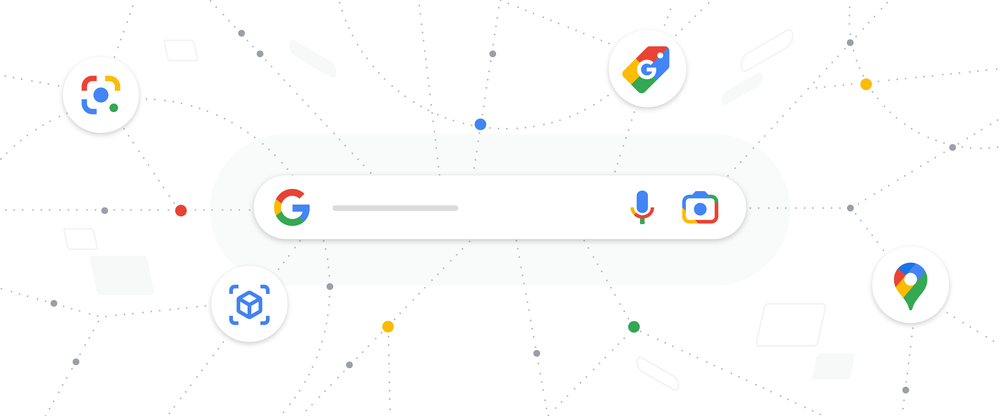
Google search can also bring contents or search results that comes from other parts of the world in different languages with the integration of Google Translate algorithm and Google Lens as well. On top of that, Google is improving their language understanding and processing algorithm that should benefit more than just Google Translate, Google Lens, and regular Google Search.
They developed something called Wavenet, to make Google Assistant sound more natural and more contextual. They put that together with something they call Multitask Unified Model (MUM). All these makes Google Search and Google Lens the most powerful search and item identification tool ever.
The technologies that got mashed together means that Google search is not just single words anymore. It could be a sentence, a photo, and even both. The results can turn to be more than just web suggestions too. The result can turn out to be top suggestions, a place, and even connect you to merchants to buy what you need. If you set up your Google wallet correctly with all your merchant memberships as well, Google can connect you directly to deals that might be tied to your memberships too. There is a bit more to that too with Google Chrome, where you can track back your shopping carts on various sites even after you close the page.
Cleverer Google Maps
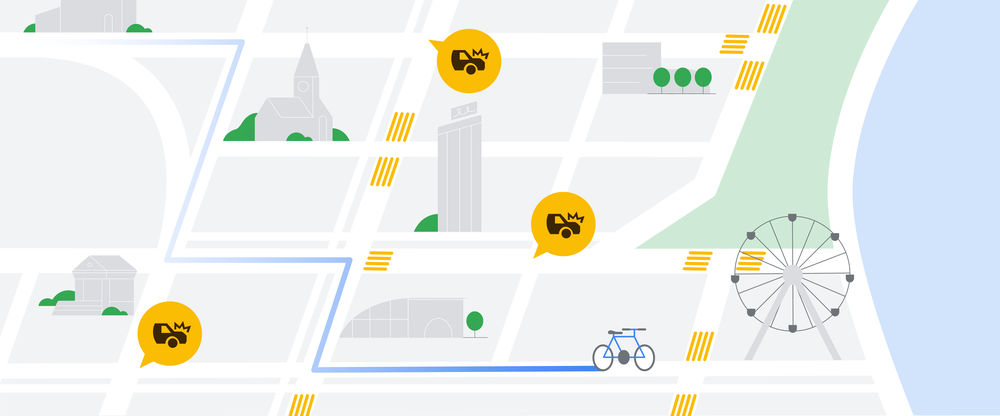
Google Maps is technically the most popular navigation app in the world. But that does not mean the app is flawless. There is always room for improvements.
Eco and Safe Driving
For example, Google introduces an ‘Eco Mode’ into the app. That basically means Google will take you through the most fuel efficient and economical route to get you to where you want and need to be. It may not be necessarily the fastest though, just keep that in mind.
They also introduced ‘safer driving’ routes for Google Maps. Obviously, that is what we call it, not what Google calls it. The idea is to navigate you to routes that might avoid traffic with sudden braking points and overall a smoother, clearer ride. All these are obviously done with Google’s navigation algorithm, traffic analysis, and GPS data such as speed or acceleration that Google Maps itself can see and work with in real-time.
Better Live View
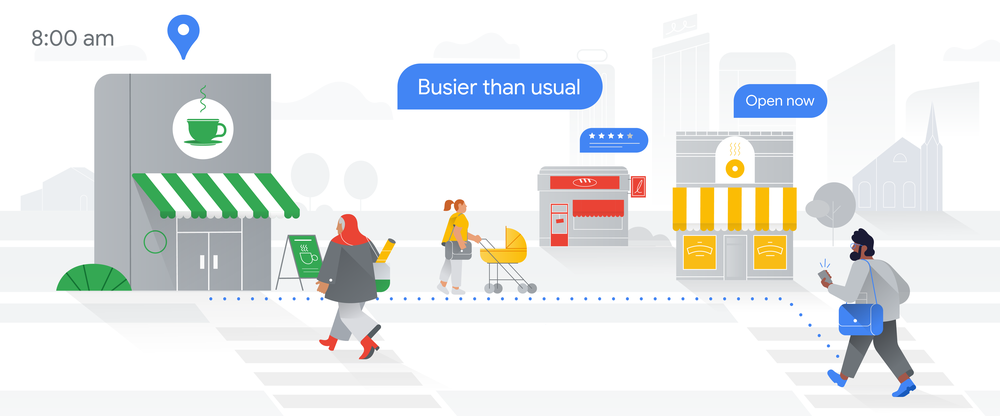
They have expanded on Live View too in this case. Google Maps Live View does not just include navigation data in Augmented Reality anymore. It now shows you street names so that you can navigate better. It also now includes points of interest, landmarks, and you can pull up information regarding a place including its reviews directly from Maps app itself. Google Maps is also introducing Live View indoors now. It starts with the major train stations and airport in Zurich for now. The feature will be introduced to Tokyo also next month.
More Details
If you are getting yourself around by driving though, Google Maps is also a lot more detailed. Major intersections with road crossings and traffic lights will now show on maps so that you are better prepared. With Google’s understanding on your behaviour, your routine, and your usual routes, Google can also highlight relevant information, landmarks, or points of interest for you. A breakfast takeaway for example, on a Monday morning drive to work.
On top of all of that, Google Maps can now be a tool to help you plan your day not just on the road. Google Maps can track or predict how busy and packed an area will be at certain times just so you do not have to squeeze into the area at that time. You could plan to go another day for example, or just not go at all if it is not important. This is important in this day and age where social distancing is a recommended practice.
LaMDA

LaMDA is meant to be a conversational Artificial Intelligence (AI). Google says they have been using and testing it internally and it is powered by everything great about Google’s search engine and linguistic programming. In its demo, it sounds like an amazing piece of tech that could keep you having conversations with it from day to night.
It is programmed to know everything there is to know about our current world and situation. But it is not built to answer you with data necessarily. It is built to have natural conversations about the weather in general terms like “you might want to bring an umbrella in the afternoon”, rather than “there is a 78% chance of a light rain at 2.00 p.m.”.
While the answers that we saw from the demo does sound a little metallic and robotic at times, we cannot wait for LaMDA to be introduced into things like Workspace, YouTube, or even Google Maps. It is like having your own version of Iron Man’s JARVIS in your smartphone, or PC, or whatever you fancy.
More Organised Google Photos
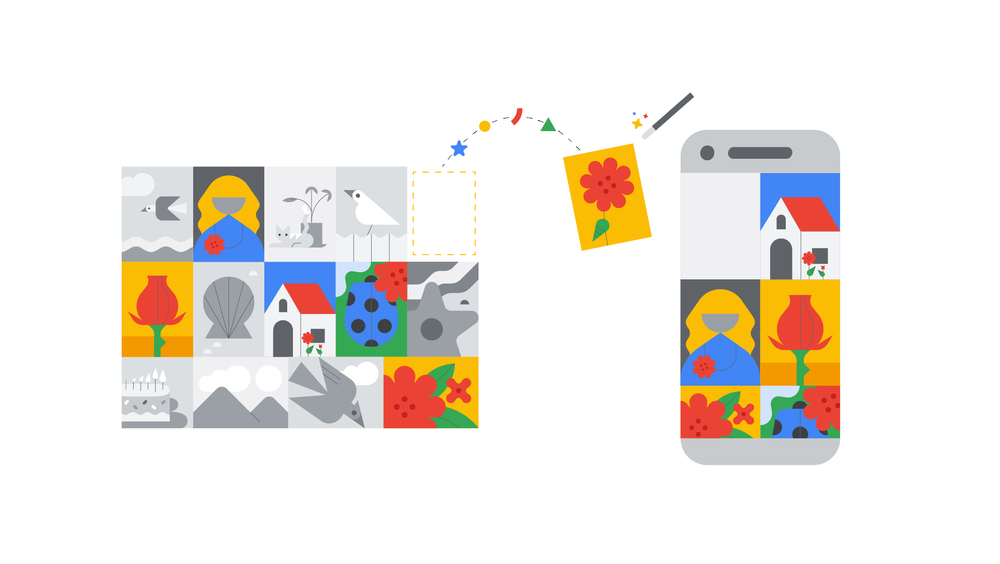
Google Photos is a little bit more than just your photo gallery now though. It is now something you can use to create photo collages, to understand yourself better, and sort of your memory bank. Google’s image recognition recognises your photo patterns and puts all of them together to tell you that you tend to take photos of a certain context or a certain look. It tells you that you might be attracted to a certain sort of colour for example.
With Machine Learning (ML) as well, Google Photos can stitch multiple similar photos taken in succession to create a moving photo or video for you, even if there are gaps. Organisation and searching for your photos are even more intuitive too when you can find photos associated to certain celebrations for example.
Android 12 and Wear OS
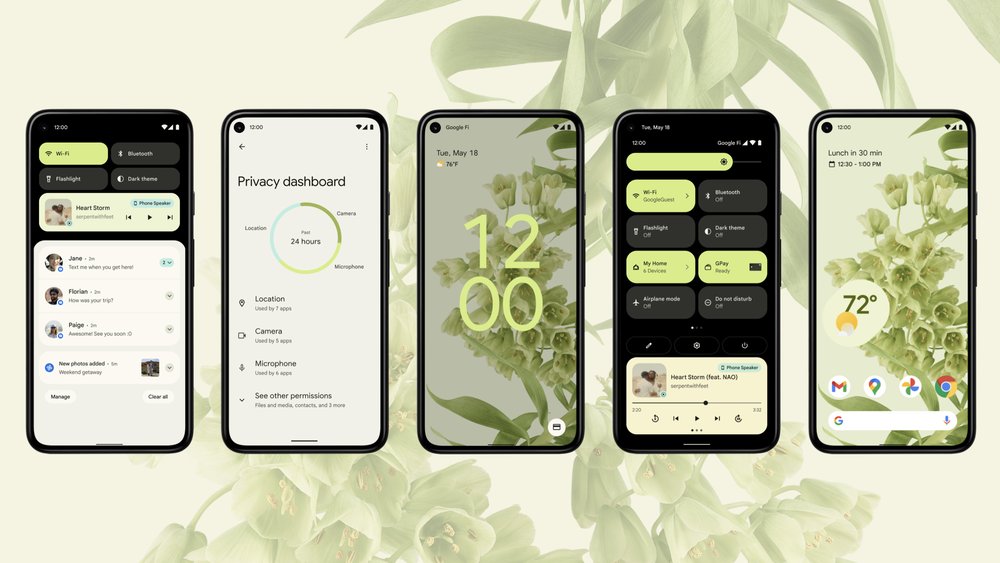
Trust us when we say Android 12 is a huge overhaul of the Android OS. There is nearly no difference in terms of function, to be fair. Most of the changes are in the way things look and gets organised, and even customised. They call all this Material You design.
In terms of looks, things are a lot more intuitive, most organised, bigger, and a lot less cluttered. You get more control in how your User Interface (UI) looks in total as well. There are supposedly about 22% faster animation, they say.
You get more control over your own security and even privacy, and they are easier to access and understand with Privacy Dashboard. With the new UI as well, IoT controls are more front and center than before. There is a new improved remote app for your Android TV too.
Wear OS is getting a fresh lease of life too, thankfully. They want to make Wear OS a major smartwatch platform competitor to Apple’s WatchOS. To do that they managed to strike a partnership with their long-time partner, Samsung to bring Tizen and Wear OS together to make a more robust wearable operating system (OS) for everyone to use. Fitbit will also be introducing their own Wear OS later in the year and lend their expertise and know how in health and fitness into the upcoming Wear OS.
Your Safety, Privacy, and Protection Matters
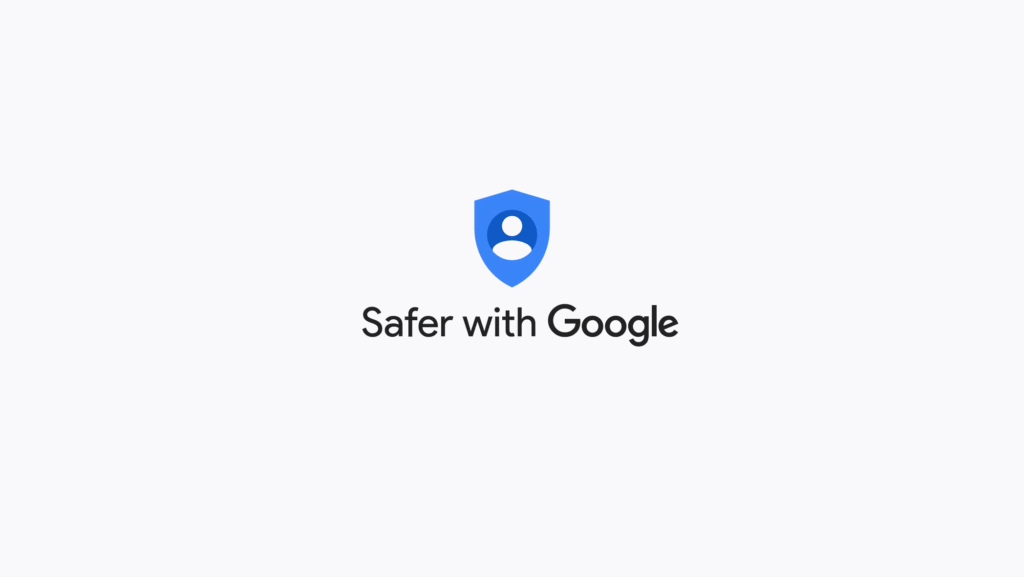
Google has also improved their Google Password Manager. While the app still functions the same as before, you can now transfer password information from older devices. That also means that your passwords can be stored on-device instead of on-cloud. With Android’s on-device encryption nature, saving your managed passwords on your device could be a more secure option. With compromise alerts, you know when your accounts are accessed, and you can easily change passwords for whatever you have quickly via Password Manager.
Privacy Core
Google also introduced something called their Privacy Core. It is Google’s effort in giving control over information shared with Google back to its users. Supposedly as well, thanks to Privacy Core, you Live Caption sessions or translations will not be shared back to Google.
But security and privacy are more than that as well. It spreads to your search history, and even browsing history. Google is including an option now to delete ‘recent history’ on your Google Chrome.
Even in Google Maps, you can tell the app to not track your location history just so that the app does not collect your location data. You can allow Google Maps to track you accurately, or just give Google access to your approximate location now, in different apps. Not allowing Maps to track your data and build a history data also means that you are not going to get recommendations or suggestions from Google though. A worthy trade off, we think, for more privacy.
Better Health, Better Quality of Life
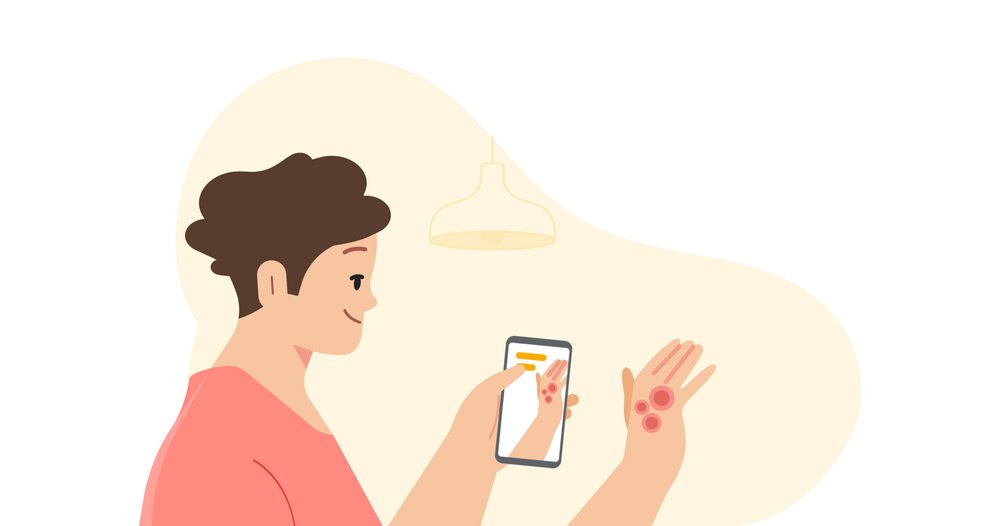
Since Google’s expansion and changing their own corporate name to Alphabet, they have been hugely involved in medical research. One of the places they have been pushing on is in the field of Mammograms. Google’s AI push into the platform means that screening for breast cancer is more accurate than ever. Their AI also helps doctors in understanding Mammograms and the severity in the diagnosis helping the health institutes prioritise different cases.
That is not all though. Dermatology is one huge field that could be expanded even using your own devices. Because this field has more to do with skin conditions, Google Lens can be an early diagnosis tool. You can take a photo of your skin conditions and Google can possibly identify what you have to a certain degree. Of course, nothing replaces a doctor in matters of treatments and full diagnosis, so Google can direct you towards a dermatologist near you via your browser. This feature will be available in the EU region by the end of the year 2021.
Project Starline
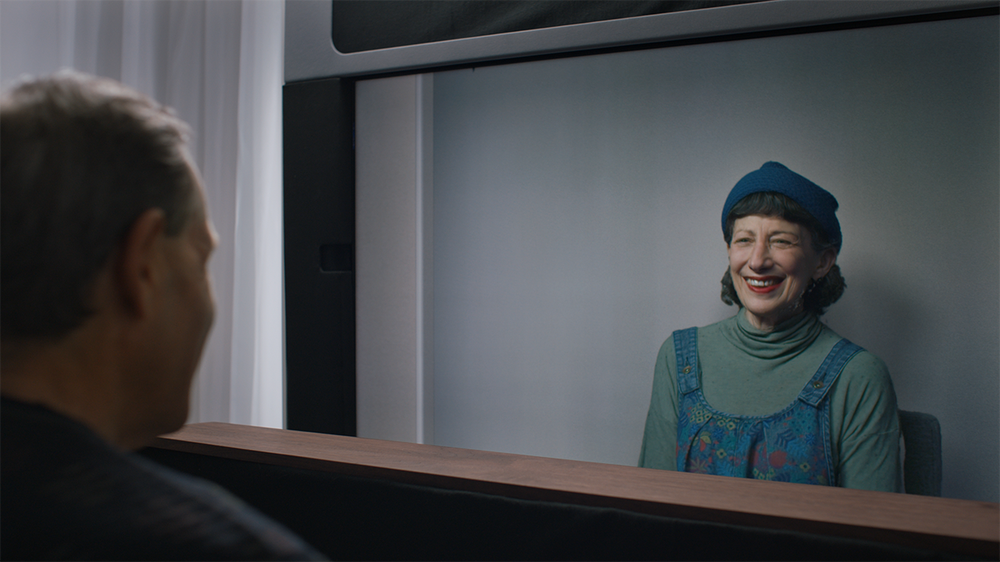
Speaking of health, we cannot ignore the current pandemic situation. We are all recommended to stay at home as much as possible and avoid as much human interaction as possible. The COVID-19 pandemic, while has brought humanity together more than ever, ironically has isolated us even more too.
Project Starline is a video chat tool that uses multiple cameras to create a 3D image model and project that 3D image to another part of the world. While that means that the file packages from that implementation are so bug that our regular internet speeds will not be able to cope, Google is working to compress the image files to a more sensible package size so that the images can be transferred using our regular internet connection.
The function of that is to implement a 3D video chat experience. While regular video chat today has progressed further than before, nothing replaces a physical presence and interaction. The idea with 3D projection calls looks to bridge that gap a little. Although you cannot touch the person still, having a 3D representation of a person is as close as you can get in having a physical presence in today’s world.
Google I/O 2021
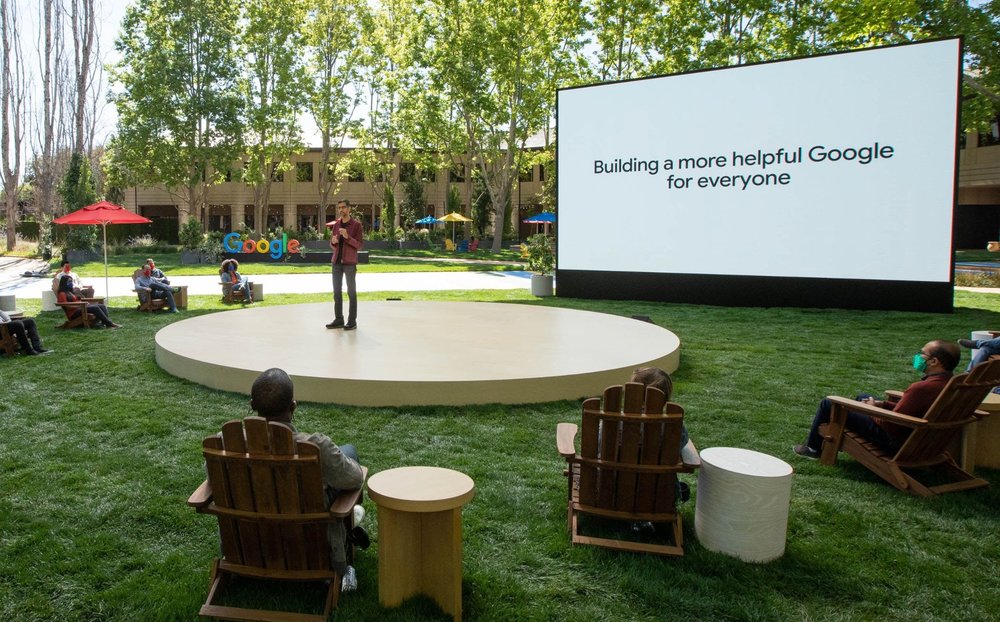
To wrap up, Google announced that they are committing to shift their entire operation to carbon free energy sources by 2030. While Google has been proud of operating entirely on renewable energy, they are taking the first steps in relying on clean energy that does not leave any footprints. The commitment has led them to invest into Geothermal energy currently.
As promised by Google, the Google I/O 2021 is the largest ever. It is not just based on attendance though. It is also about the number of things that Google is introducing for 2021. It is also about Google’s commitments for the future, and we are excited, especially for Wear OS. For more information on what happened in Google I/O, you can check out Google’s Blog.




